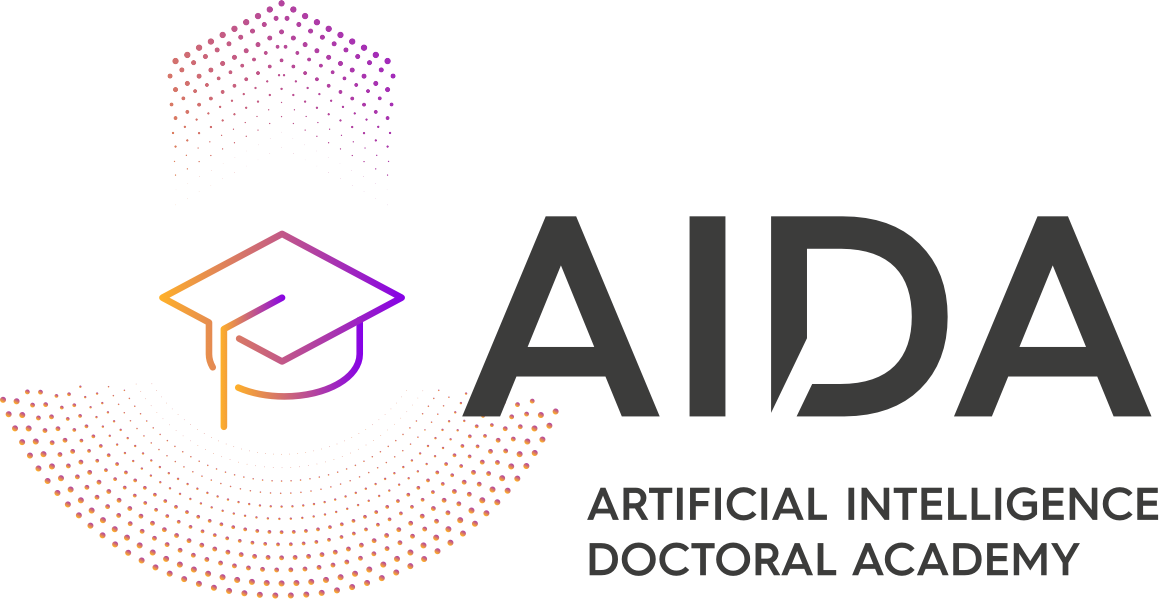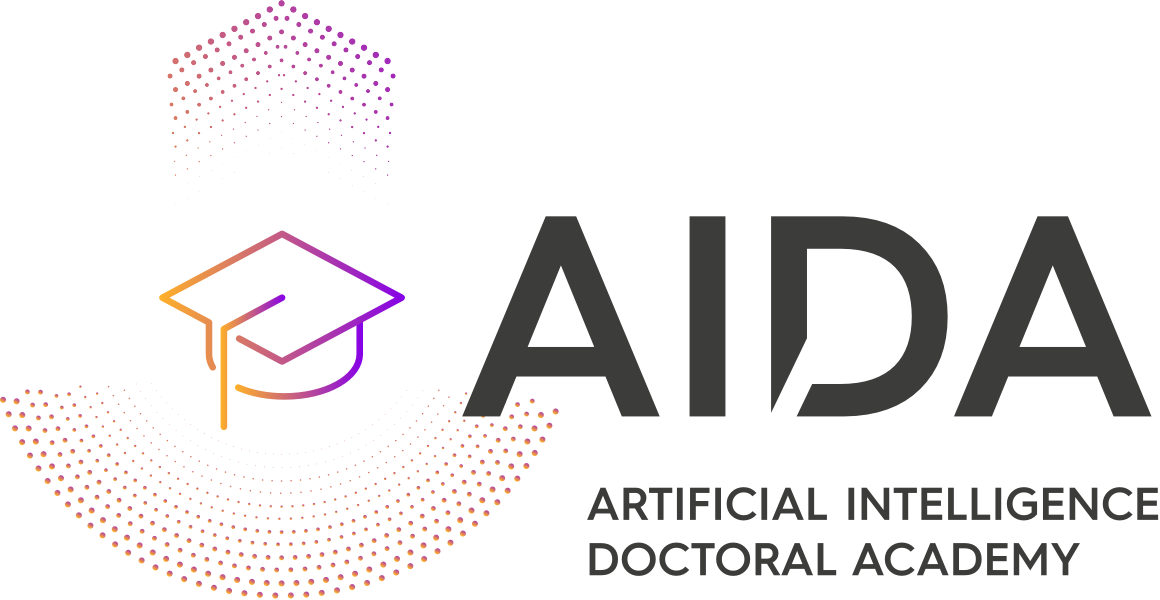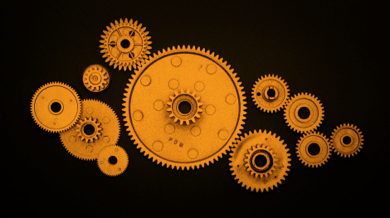Cloud Computing during the time has gained concrete evidence to be a disruptive technology still in its full development. Many drawbacks of the Cloud have brought to improve many their crucial aspects, like performance, security and privacy, etc. Today Edge Computing try to deal with these implications to make them less problematic and much more… Continue reading Introduction to Cloud/edge computing
Archives: Resources
Resource description
Attention and Transformers Networks in Computer Vision Lecture
Abstract This lecture explores various transformer-based approaches that have emerged as powerful alternatives of Convolutional Neural Networks (CNNs) in Computer Vision, and revolutionized the way visual information is analyzed. While CNNs have been the dominant architecture for visual tasks, they face challenges in capturing long-range dependencies and handling variable-sized inputs. Recent research has shown promising… Continue reading Attention and Transformers Networks in Computer Vision Lecture
3D-Flood Dataset
The Aristotle University of Thessaloniki (hereinafter, AUTH) created the dataset ‘3D-Flood’, within the context of the project TEMA that was funded by the European Commission-European Union [Grant Agreement number: 101093003; start date: 01/12/2022; end date: 30/11/2026]. General description of the dataset The dataset will be used for the construction of a 3D model regarding the district of Agios Thomas… Continue reading 3D-Flood Dataset
AI University Education
This lecture overviews the impact of AI on education. First of all, the impact of AI on citizen education at High School level is overviewed. Then, the following question is debated: Is AI Science and Engineering a separate scientific discipline? The extend and geographical distribution of the AI studies worldwide is presented. Furthermore, the impact… Continue reading AI University Education
Flood Master Database
The Aristotle University of Thessaloniki (hereinafter, AUTH) created the following dataset, entitled ‘Flood Master Database’, within the context of the project TEMA that was funded by the European Commission-European Union [Grant Agreement number: 101093003; start date: 01/12/2022; end date: 30/11/2026]. General description of the dataset The Master Flood Database consists of flood images picked from different publicly available datasets.… Continue reading Flood Master Database
Deep learning algorithms for intelligent support of workers
This lecture overviews the use of deep learning-based methods and algorithms for supporting human workers in industrial environments. Deep learning algorithms are increasingly employed in the industrial sector, primarily as a part of advanced systems (e.g., intelligent machines/robots), since they offer effective and reliable solutions for ensuring human workers’ safety and reducing their stress, as… Continue reading Deep learning algorithms for intelligent support of workers



